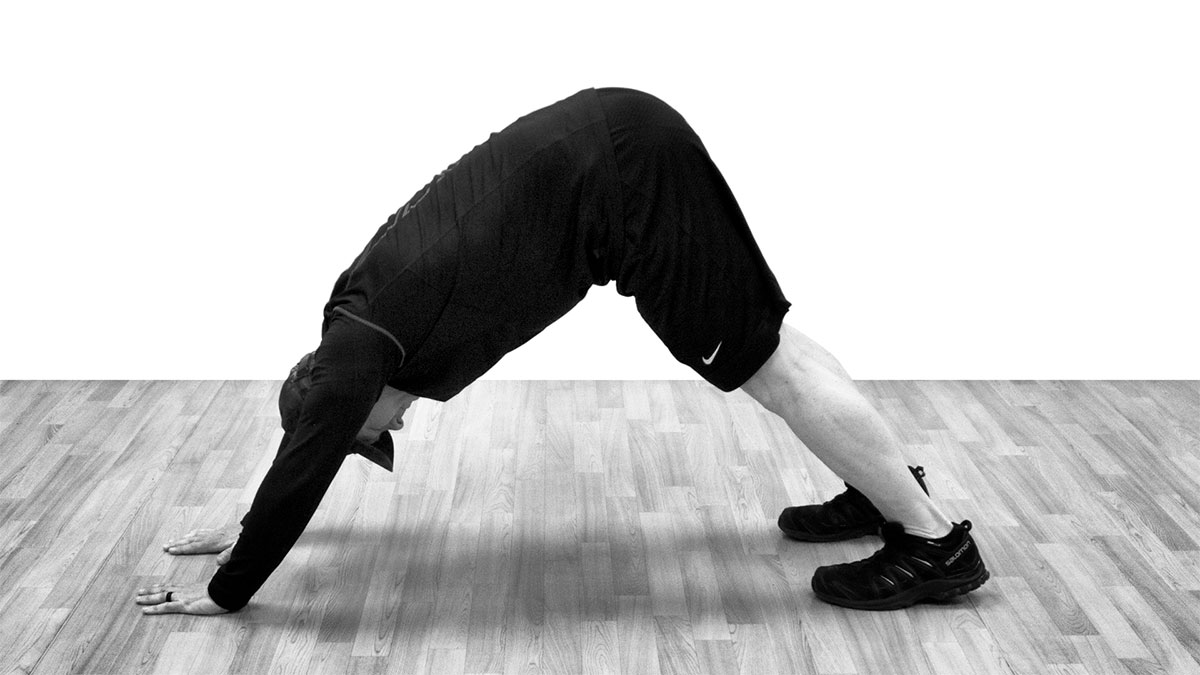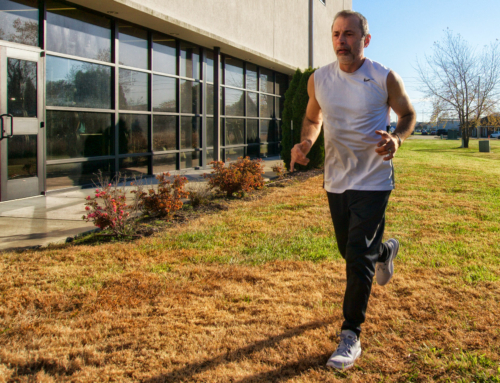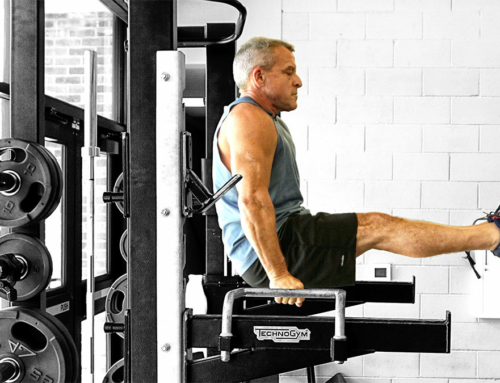As you are reading this you are probably in a seated, forward head, rounded shoulders, somewhat slouched posture. Am I right? Odds are I am because the majority of us find ourselves in a posture similar to this most of the day, especially if we are desk jockeys!
Posture has a significant impact on how our muscles and joints function. Since we are creatures of habit, our daily posture effects how we physically and mentally carry ourselves through our entire lives leading to functional limitations and weakness. For example, if we primarily sit for long periods of time every day our muscles will shorten over time. This muscle shortening places undo stress on our joints, leads to balance problems, muscle weakness, gait instability, decreased energy, and joint pain just to name a few. In order to maintain good joint mobility, posture, and functional movement we must incorporate stretching into our lifestyles.
Have you ever paid attention to animals? Watch a dog or cat sometime. They stretch instinctively before they do any type of activity. Animals instinctively know that stretching primes the muscle for action and recruits muscle fibers to help perform movement patterns more effectively. That instinctive knowledge and constant practice keeps animals ready to strike or flee in an instant. If we do not stretch regularly we limit our ability to maintain proper functional mobility, which can cause balance deficits and make us more prone to injury.
Martial arts and yoga have been around for thousands of years and their practitioners have known that being able to control the movement of their bodies through flexibility and muscle control is one of the secrets to optimal physical health.
Stretching has many benefits. The older I get the more emphasis I place on stretching and joint mobility. In my college days I rarely stretched, and if I did I would have only been holding a stretch for maybe 10 seconds at best. Research has shown that in order for your muscles to increase their elasticity following a stretch it is best to hold the stretch for at least 30 seconds if you are under 60 years of age. If you are older than 60 attempt to hold the stretch for at least 60 seconds or longer. While holding your stretches you should also be focusing on your breath, which will help you achieve a fuller, deeper stretch. When you pair your breath with your stretch you can maximize the benefits of stretching. Yoga practice can be a fantastic way to improve your overall flexibility and balance, but like all things yoga takes practice. The practice and time spent are well worth the effort. Believe me, your body will thank you.
Stretching has no downside. Just be careful to assure that you do not stretch so excessively that your tear a muscle or injure your joints. If you’re just starting at stretching begin slowly and easily. Know and be aware of your limitations.
The benefits of exercise are many and stretching is a form of exercise. Everyone needs to exercise daily to stay healthy and take advantage of the amazing benefits associated with exercising. Here are just a few benefits:
Increased Energy – Stretching/exercise helps boost your energy levels and higher energy levels help improve your overall health and wellness by increasing your endorphin levels, improving cardiovascular health, and much more.
Helps maintain good posture – By keeping your muscles flexible and your joints mobile you are helping your body maintain good posture as you age. Stretching helps fortify your posture so you don’t develop stiff joints, which can limit your mobility.
Maintains muscle elasticity – Good elastic muscles preserve joint mobility, muscle function, and can help your gait and balance. These are all fantastic benefits, especially as we age!
Increases blood flow – Stretching can cause an increase in blood flow to the muscles and joints, which improve circulation as well as muscle performance.
Decreases risk of injury – You are more likely to increase your risk of injury if you have limited joint mobility or limited muscle elasticity. The better your muscles and joints function the healthier your are and the less prone to injury you become, because your muscles and joints are primed for action.
Reduces soreness – Stretching before, during, and after you work out or perform strenuous activity can help reduce muscle soreness by increasing blood flow to the muscles and joints. Stretching also recruits more muscles to perform certain action. When you stretch you recruit more muscle fibers to perform the activity. The more muscle fibers activated the better the performance and the less soreness following the activity.
We rely on our movements daily and any limitations can significantly restrict our mobility. By taking time to incorporate daily stretching into our lives we can reduce our risk of injury, improve our health, and feel great in the process. I would highly suggest looking into a martial arts or yoga class in order to take your flexibility/stretching to the next level. Remember your health is not a sprint, it is a marathon! Don’t think you can undo years of muscle tightness overnight. Take your time, only stretch until you feel the stretch. Your muscle tissue will elongate over time. Don’t rush the process and cause injury or muscle damage. Be patient and make the time to take care of yourself.
Movement is Life! Keep moving.
To help you get started here is a general stretching routine to help you maintain flexibility and joint mobility:
Cervical
Stretches your upper traps and cervical spine.
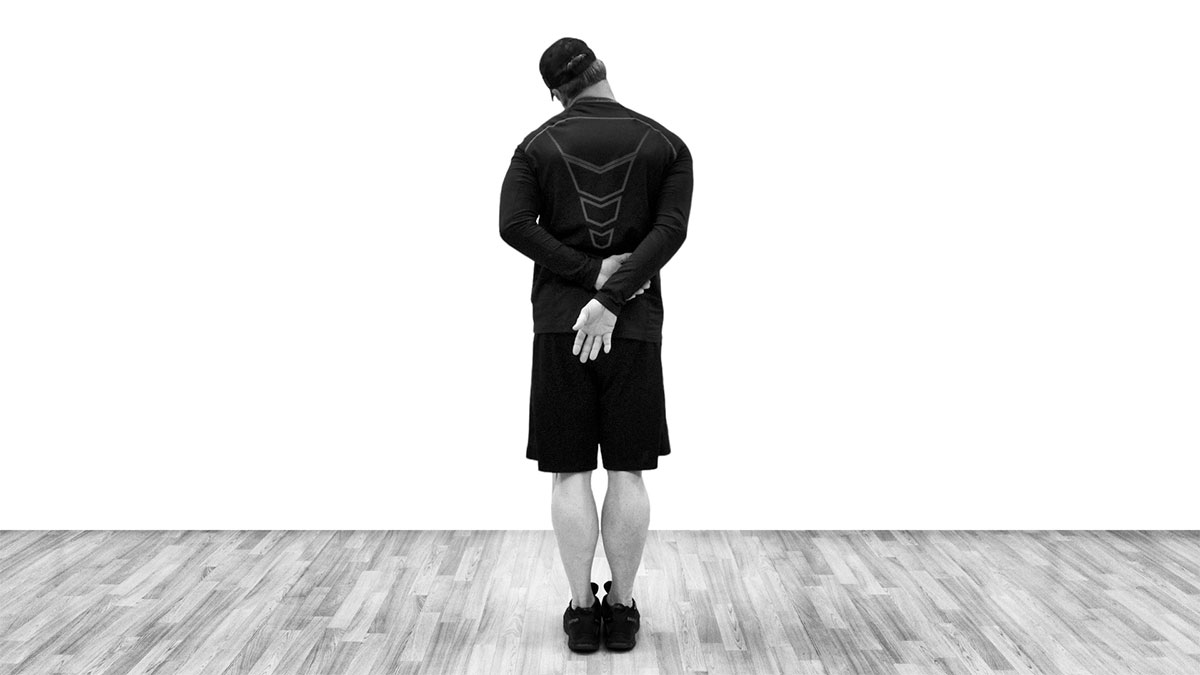
Shoulder
Stretches the shoulder girdle, improves flexibility of your shoulder muscles and improves your range of movement.
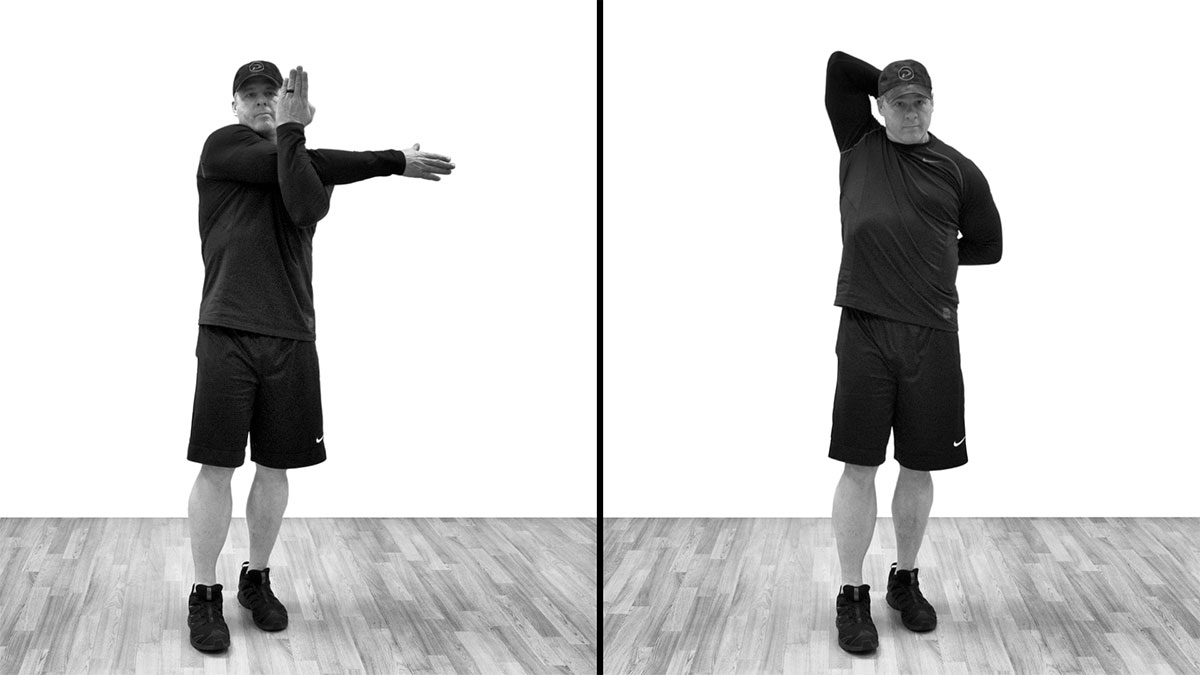
Wrists
Strengthens the wrists which helps prevent injury as well as aids in keeping hands and fingers flexible.
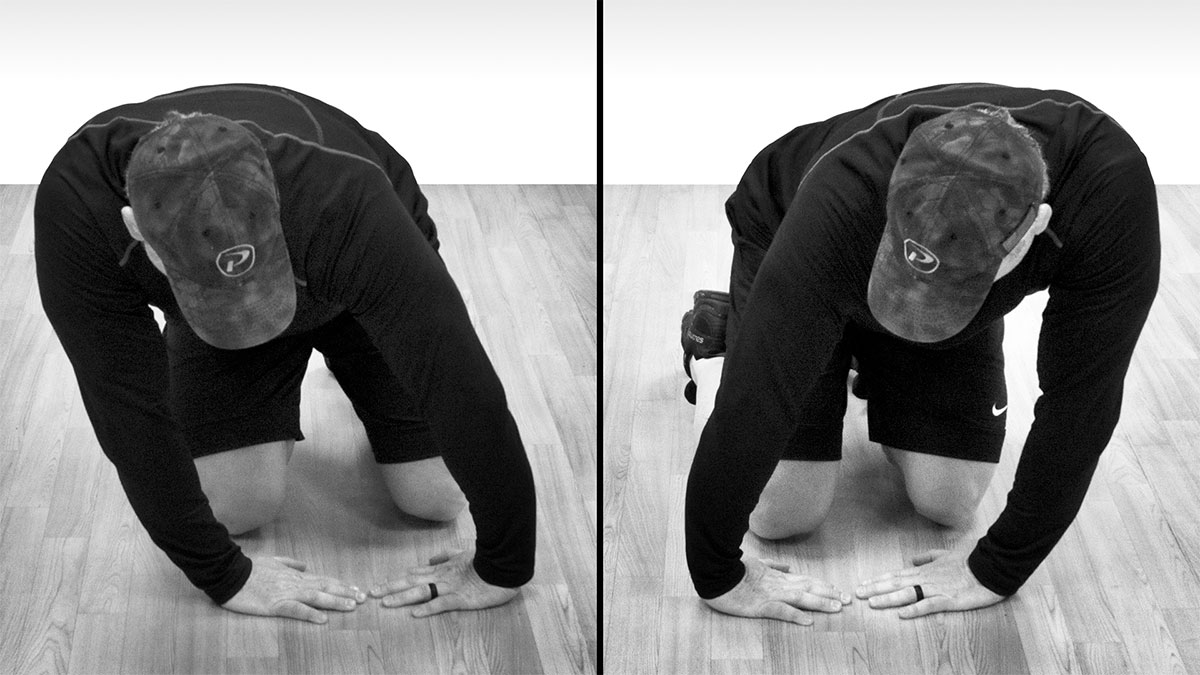
Upper Thoracic
Stretches the upper back/thoracic region to improve posture and maintain mobility.
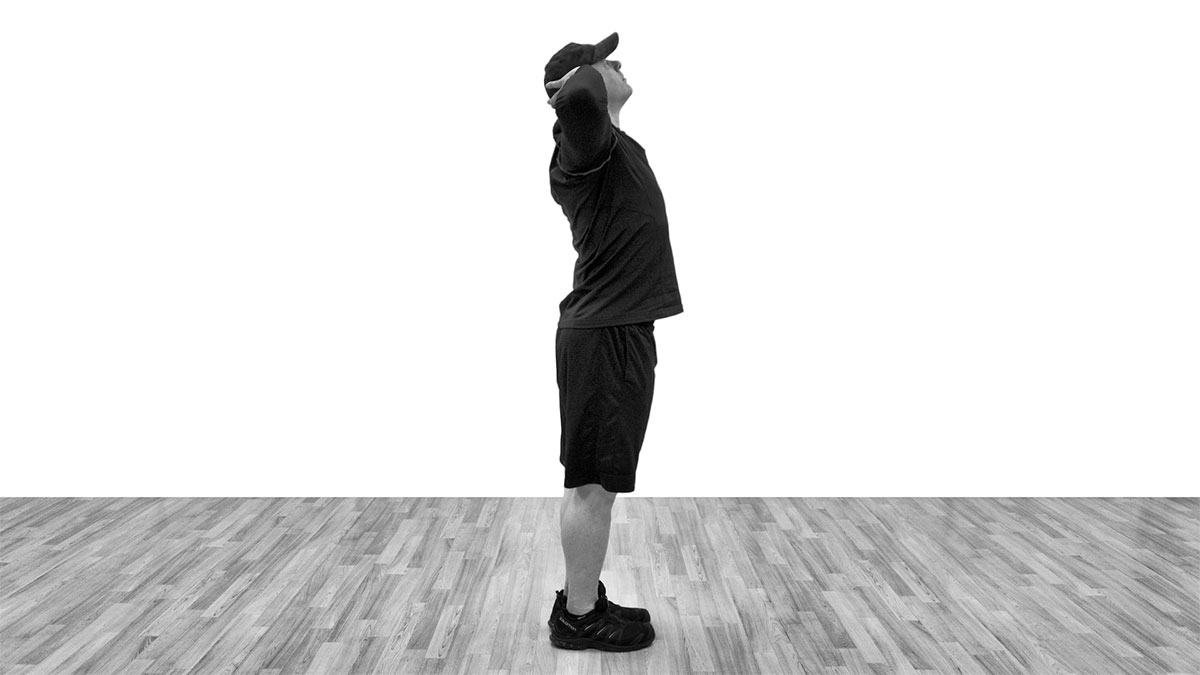
Lumbar
Stretches the lower back.
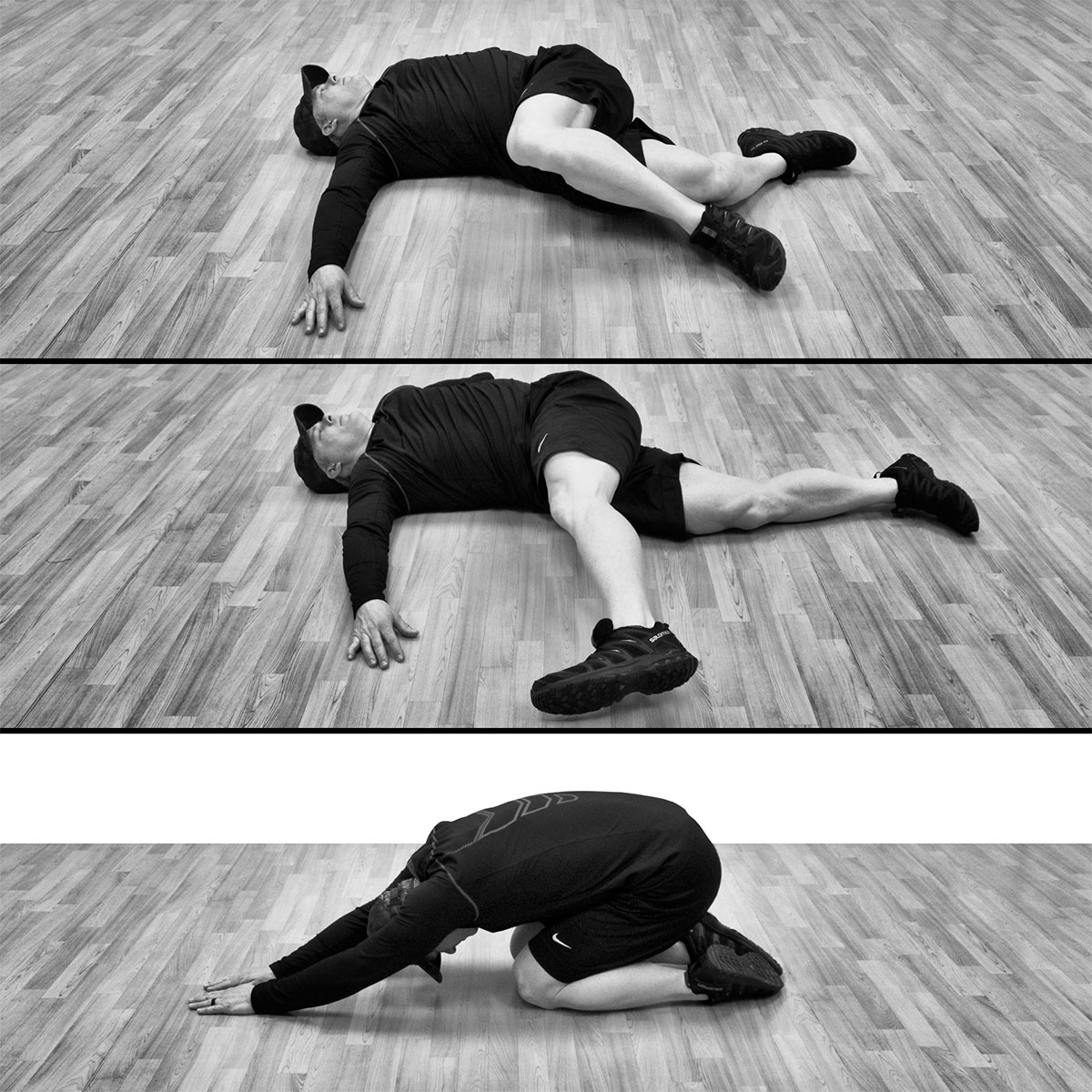
Hips
Stretches the groin and hip girdle region and helps stabilize the spine.
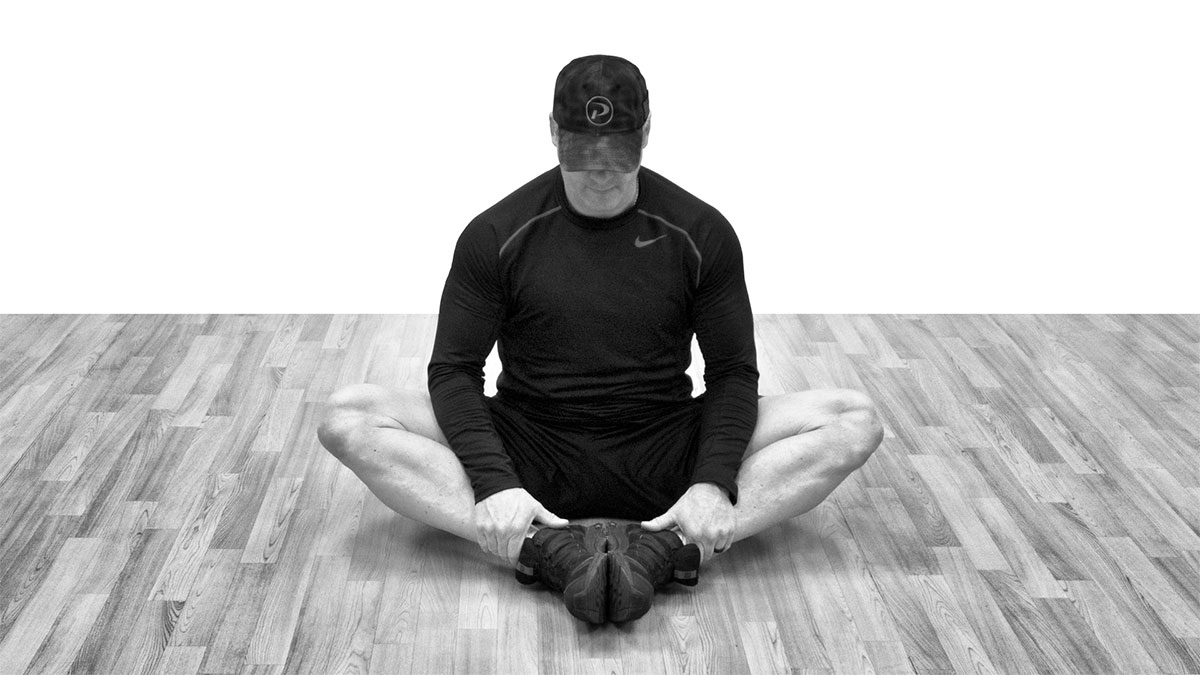
Quads
Stretches the hip flexors and quadricep muscles and helps prevent knee and back pain.
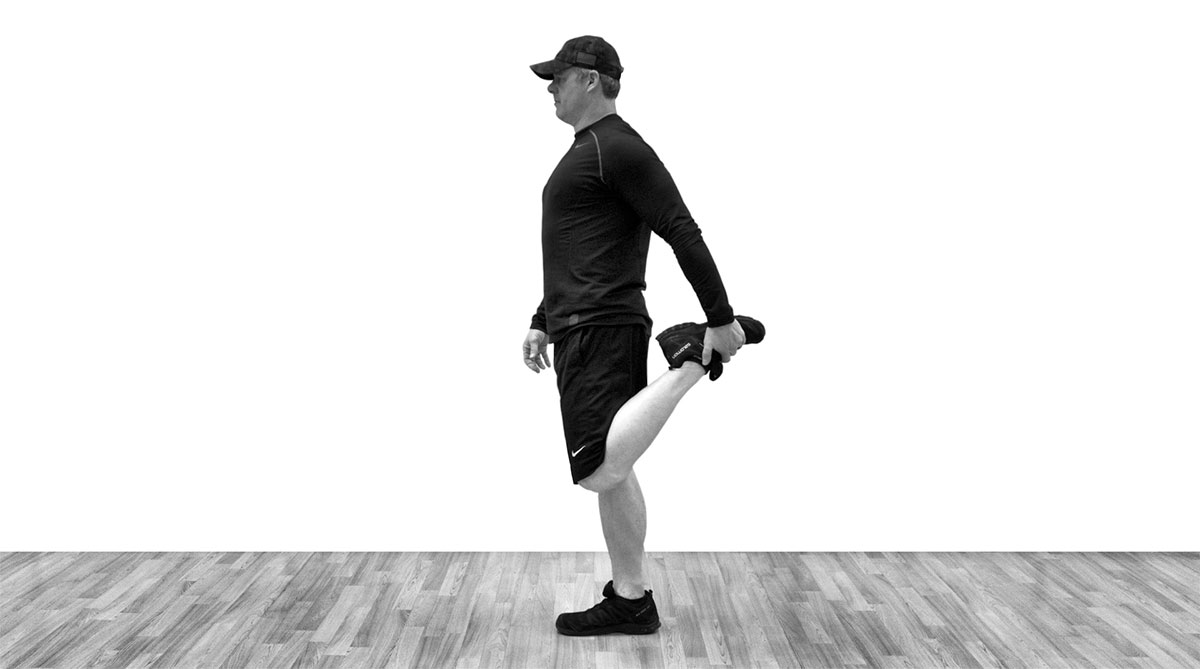
Hamstrings
Stretches the posterior portion of the legs and can help prevent pain to your lower back.
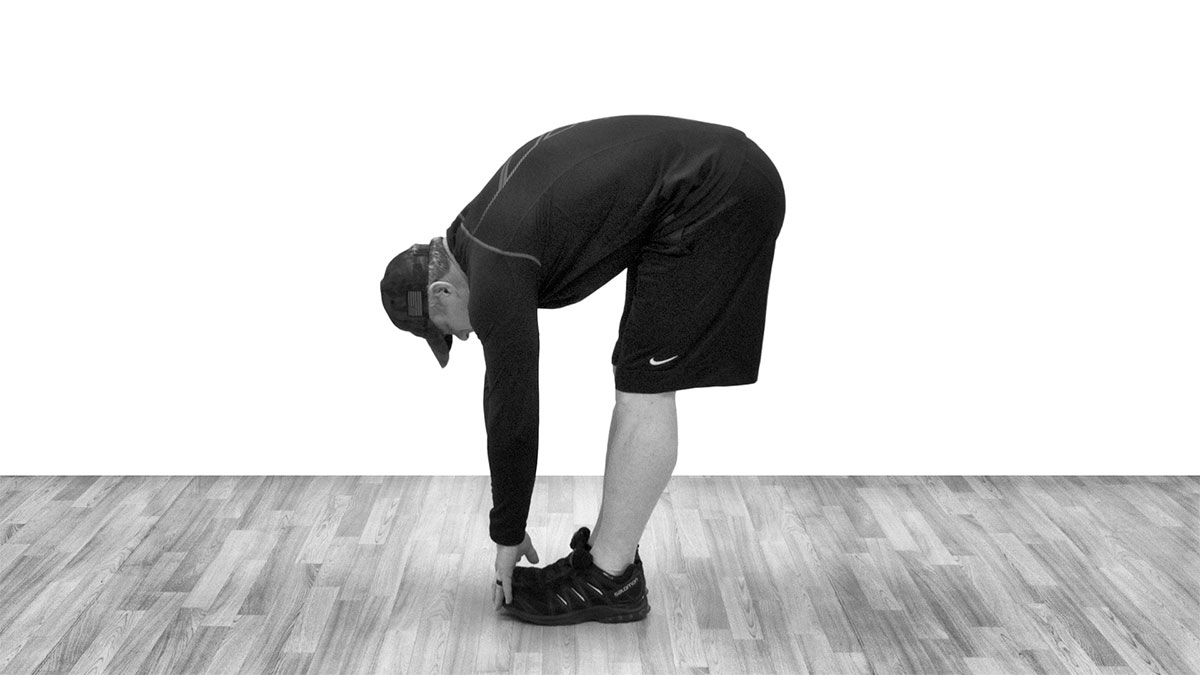
Calves
Stretches the calves which can help prevent Achilles tendon tears.
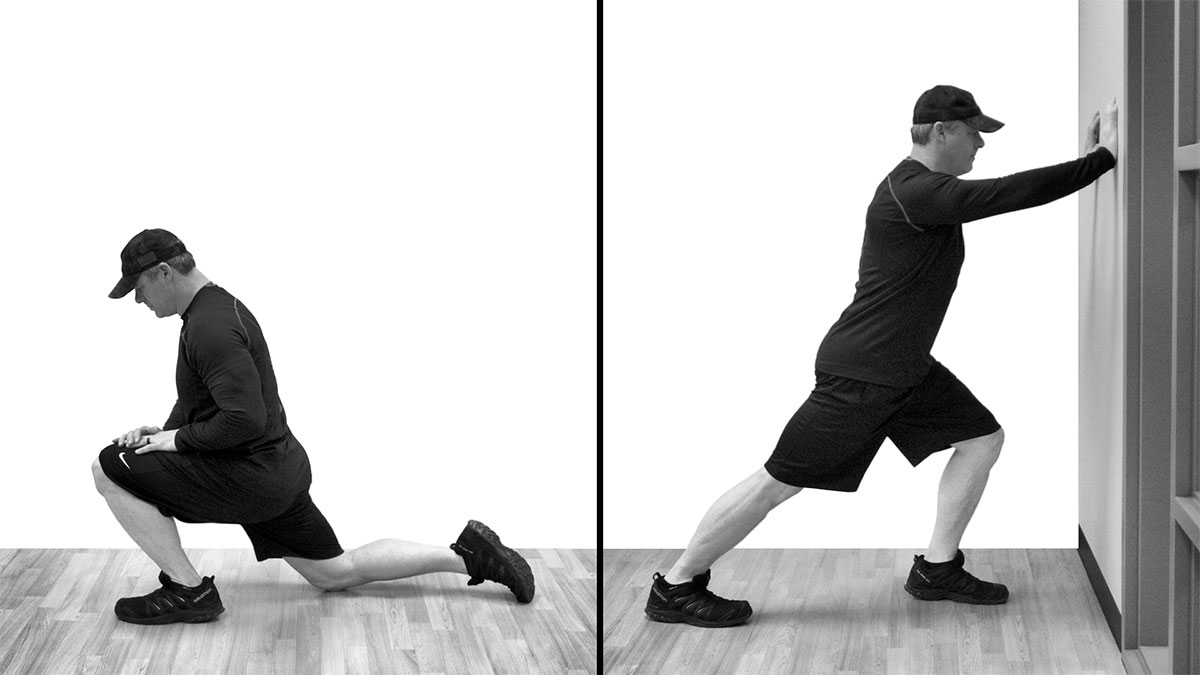
Comprehensive Stretch
